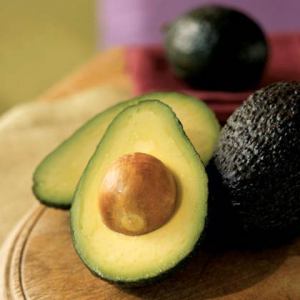Eat a balance of monounsaturated, polyunsaturated, and saturated fats each day
Do you remember those earlier times in life when we could eat everything in sight and never gain a pound? Then came along that magical event, puberty, and all of a sudden nutrition became some kind of well-hidden secret as the pounds just started to sneak on one by one. The only foods that seemed to get my attention at the market were those labeled “low-fat.” I especially remember a chemical called Olestra that suddenly made Lay’s potato chips virtually fat-free. Then the product was recalled due to health concerns and my chip-eating days sadly came to an end.
What I have since come to realize is that fat is not necessarily bad. In fact, the FDA recommends that 30% of the American diet should be comprised of fat and that health, body composition, and performance can be optimized by balancing fat intake.
With this in mind, I recommend that fat intake should be balanced by taking in 1/3 of your fats from each of the following sources: monounsaturated, polyunsaturated, and saturated fats. Rather than try to figure out how to balance your intake, just focus more on adding the following unsaturated fats to your diet. Chances are that you are already eating plenty of saturated fat (eggs, dairy, meats, butters, cheeses, coconut oil, palm oil).
Monounsaturated Fats: vegetable oils, seeds, avocados, nuts and nut butters (avoid processed peanut butter because it contains a high amount of transfats)
Polyunsaturated Fats: flax seeds and oils, soybean oil, safflower oil, walnuts and sunflower seeds, and fatty fish such as salmon, mackerel, herring, and trout

